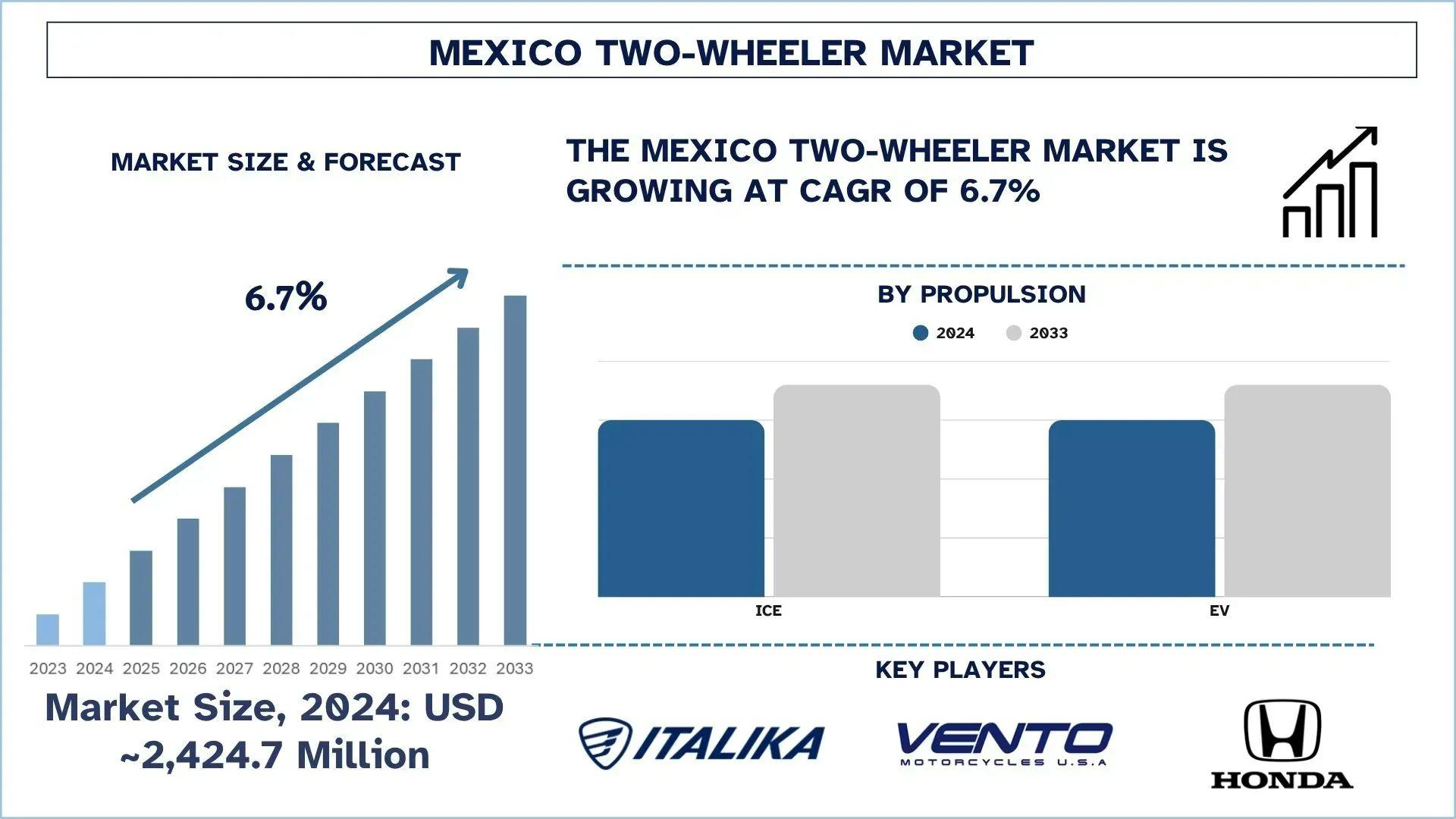The Evolving Landscape of Medical Professionals in Australia: Insights for Health Practitioners

Australia’s healthcare system is globally recognized for its high standards, comprehensive services, and universal coverage. At the heart of this system are the medical professionals — from general practitioners to specialists, nurses to allied health workers — who sustain its excellence. Yet, the role of medical professionals in Australia is undergoing significant change, influenced by shifting demographics, digital health innovations, workforce shortages, and increasing mental health awareness.
This long-form content curation aims to synthesise the latest insights, policies, challenges, and opportunities that Australian medical professionals should be aware of in 2025 and beyond.
1. Workforce Snapshot: Who Are Australia’s Medical Professionals?
The medical workforce in Australia is broad, diverse, and highly educated. According to the Australian Institute of Health and Welfare (AIHW), as of the most recent data:
-
Over 110,000 registered medical practitioners operate in Australia.
-
General practitioners (GPs) make up approximately 38% of the workforce.
-
Medical specialists, such as cardiologists, neurologists, and psychiatrists, constitute around 35%.
-
Rural and remote representation remains low, though initiatives are in place to increase rural GP placements.
-
International medical graduates (IMGs) represent a significant portion, particularly in regional settings.
👉 Key trend: An increasing number of female doctors are entering the field, especially among younger cohorts.
2. Key Challenges Facing Medical Professionals in 2025
a) Workforce Shortages and Burnout
Medical burnout is at a critical point. Long hours, rising patient loads, and administrative burdens are taking a toll.
-
43% of doctors report moderate to severe burnout (AMA survey, 2024).
-
Regional and rural health services are struggling to retain staff, with heavy reliance on locums and fly-in fly-out models.
-
Nursing shortages have a knock-on effect on hospital and GP practice efficiency.
b) Aged Care and Chronic Disease Management
Australia's ageing population is dramatically altering the demand on medical services.
-
By 2030, 1 in 5 Australians will be aged 65+.
-
GPs and specialists are increasingly required to manage multi-morbidity cases, such as dementia, diabetes, and heart disease in older patients.
-
Emphasis is shifting toward preventative care and early interventions.
c) Rural Health Inequity
Access to healthcare in remote Australia remains a persistent challenge.
-
Rural Australians face higher rates of preventable disease and mortality.
-
The average wait time for a specialist in rural areas can be 2-3 times longer than in metropolitan centres.
-
Incentive schemes like the Rural Health Multidisciplinary Training (RHMT) program aim to address this, but coverage gaps persist.
3. Digital Transformation and Telehealth Integration
Digital health is no longer the future—it’s the present. Since the COVID-19 pandemic, telehealth has become a permanent fixture of Australia’s healthcare ecosystem.
Highlights:
-
Telehealth Medicare items are now a permanent part of the Medicare Benefits Schedule (MBS).
-
Digital prescriptions, electronic health records (My Health Record), and remote monitoring tools are being widely adopted.
-
AI-driven diagnostics and decision support tools are being integrated into some public and private practices.
➡️ Implication for professionals: Staying digitally literate is now a core skill for every health practitioner, not just IT staff or administrators.
4. Training, CPD, and Regulation Updates
Ongoing Professional Development (CPD) Requirements:
Medical practitioners must meet annual CPD standards set by the Medical Board of Australia. As of 2024:
-
Doctors are required to complete 50 hours of CPD per year, including:
-
12.5 hours of reviewing performance
-
12.5 hours of measuring outcomes
-
25 hours of educational activities
-
-
The updated model aims to ensure competency, safety, and reflective practice.
Medical Education Trends:
-
More emphasis is being placed on interdisciplinary training and cultural competency, especially regarding Aboriginal and Torres Strait Islander health.
-
Growth in simulation-based learning and virtual patient interaction in medical education.
-
Flexible medical training pathways are being encouraged to attract and retain younger professionals.
5. Government Policies and Advocacy
The Australian government continues to focus on improving healthcare access and outcomes. Several current initiatives impact the medical profession directly:
-
Strengthening Medicare Taskforce reforms: Designed to boost general practice by investing in team-based care, longer consultations, and better coordination.
-
MyMedicare: A voluntary patient registration model that encourages continuity of care, especially for chronic and complex conditions.
-
Workforce Incentive Program (WIP): Provides additional funding for practices employing nurses, Aboriginal health workers, and allied health professionals.
📌 For practising clinicians: Understanding these reforms is essential to adapt billing practices, coordinate care teams, and maximise funding opportunities.
6. Allied Health and Multidisciplinary Care
The importance of collaborative care is growing, with allied health professionals (physiotherapists, dietitians, mental health workers, etc.) becoming central to primary care models.
Collaborative models of care include:
-
Health Care Homes and chronic care coordination teams
-
Shared mental health care between GPs and psychologists
-
Integrated aged care with physios, occupational therapists, and geriatricians
🌐 Takeaway: Multidisciplinary models not only improve patient outcomes but also reduce pressure on individual clinicians.
7. Mental Health Support for Health Professionals
The mental wellbeing of healthcare workers is finally receiving overdue attention.
-
The Drs4Drs program, backed by the AMA and government, offers confidential counselling and peer support services.
-
Mandatory reporting laws are being refined to ensure health professionals can seek help without fear of losing registration.
-
Wellness programs, resilience training, and roster flexibility are being implemented by many hospitals and private clinics.
⚠️ Reminder: Seeking help is not a weakness. It is a professional and ethical responsibility to maintain personal wellbeing to deliver safe care.








